I started making a GUI with Tkinter and I added the module tkMessageBox as well. But recently I discovered that importing the module ttk gives more "up-to-date" results: buttons and texts boxes appear with the actual style of the current OS. This is: Windows 10 buttons are plain and blue-lighted, and not those shaded gray blocky buttons from previous versions.
But unfortunately, I can't find a way to use this ttk themed widgets on the common Dialog Boxes (the ones which I imported from tkMessageBox). So OK/Cancel dialogs (for instance) still appear with a theme that doesn't belongs to Windows 10.
All the documentation I check brings me to Tkinter.


